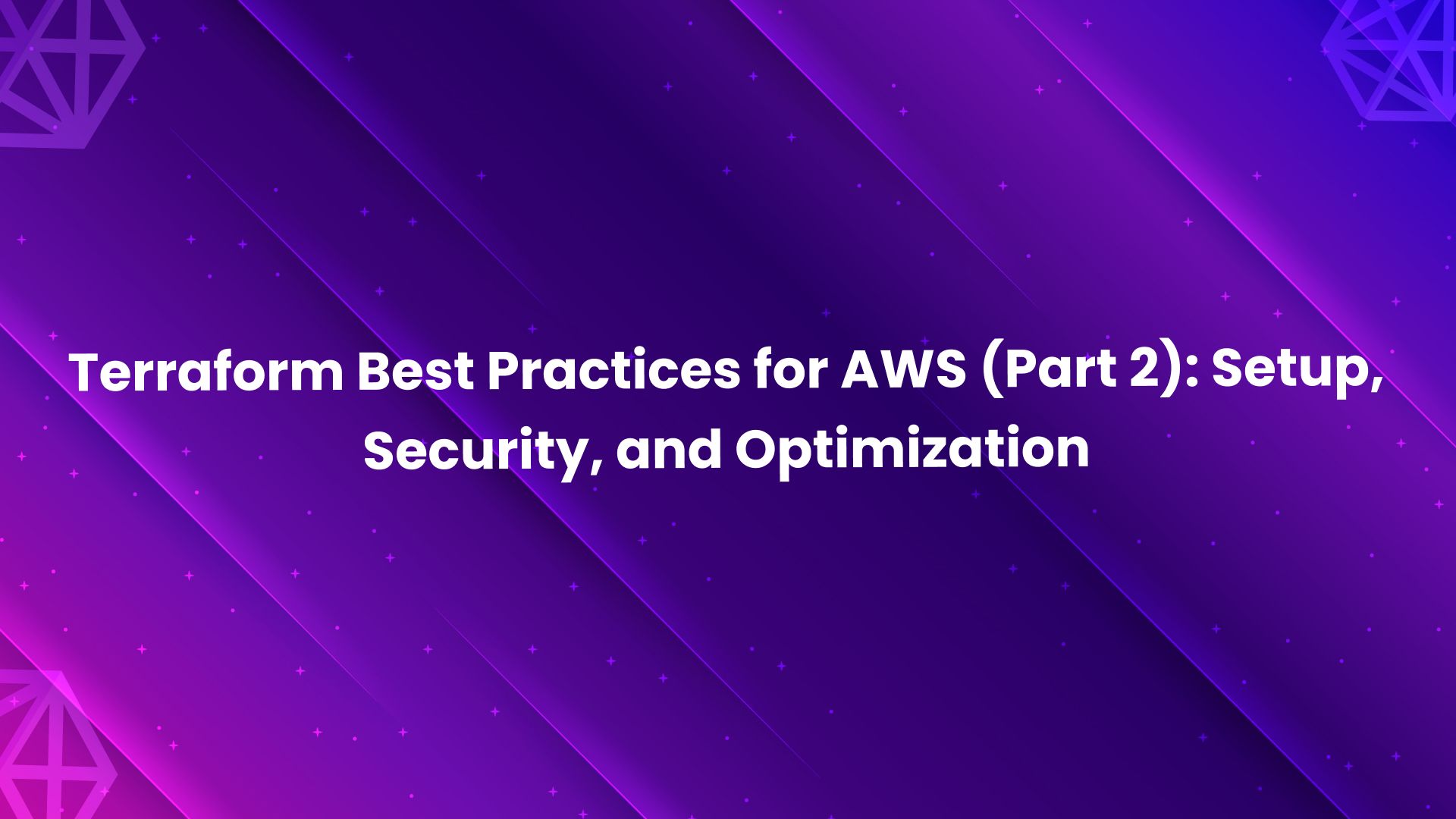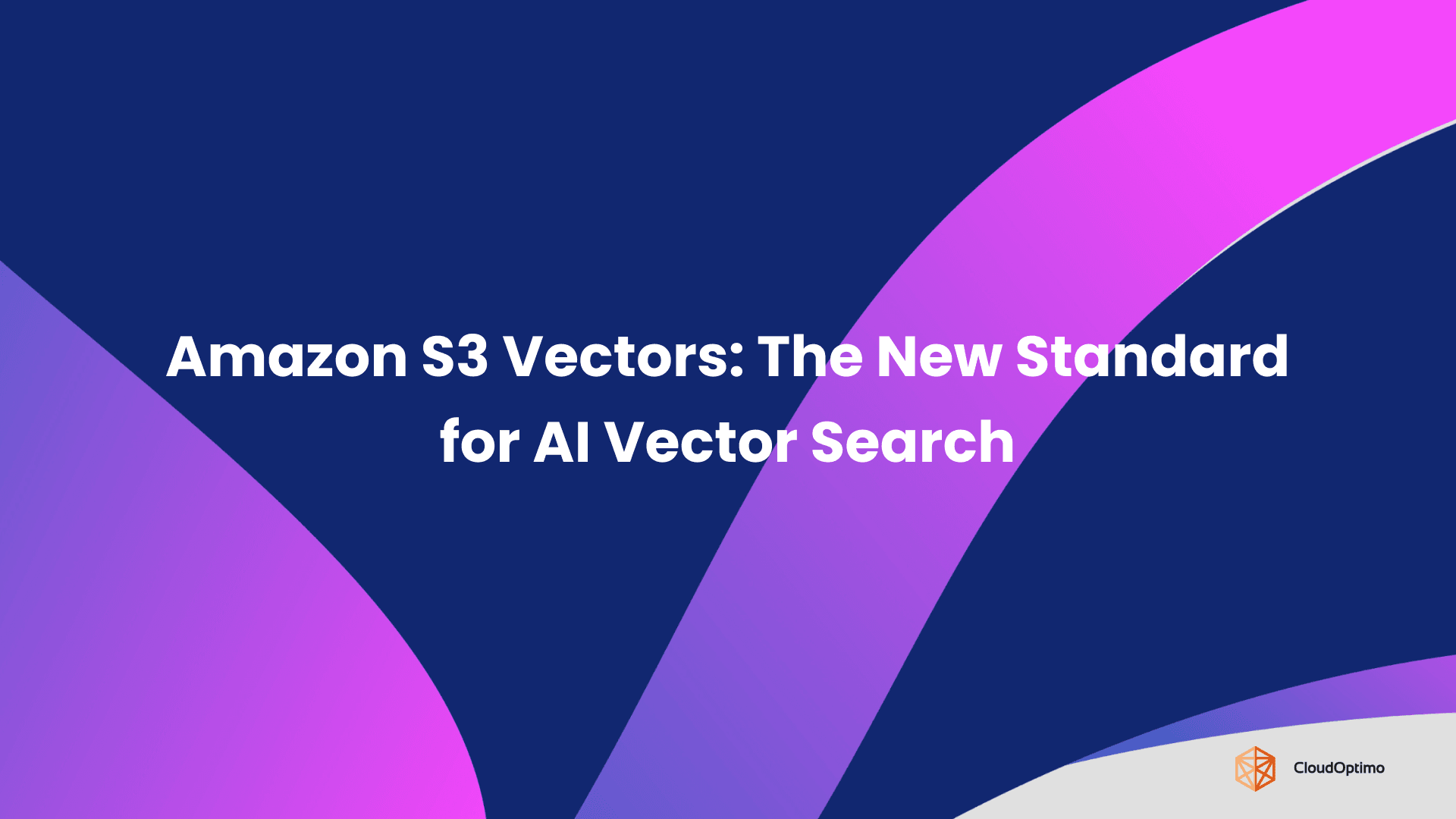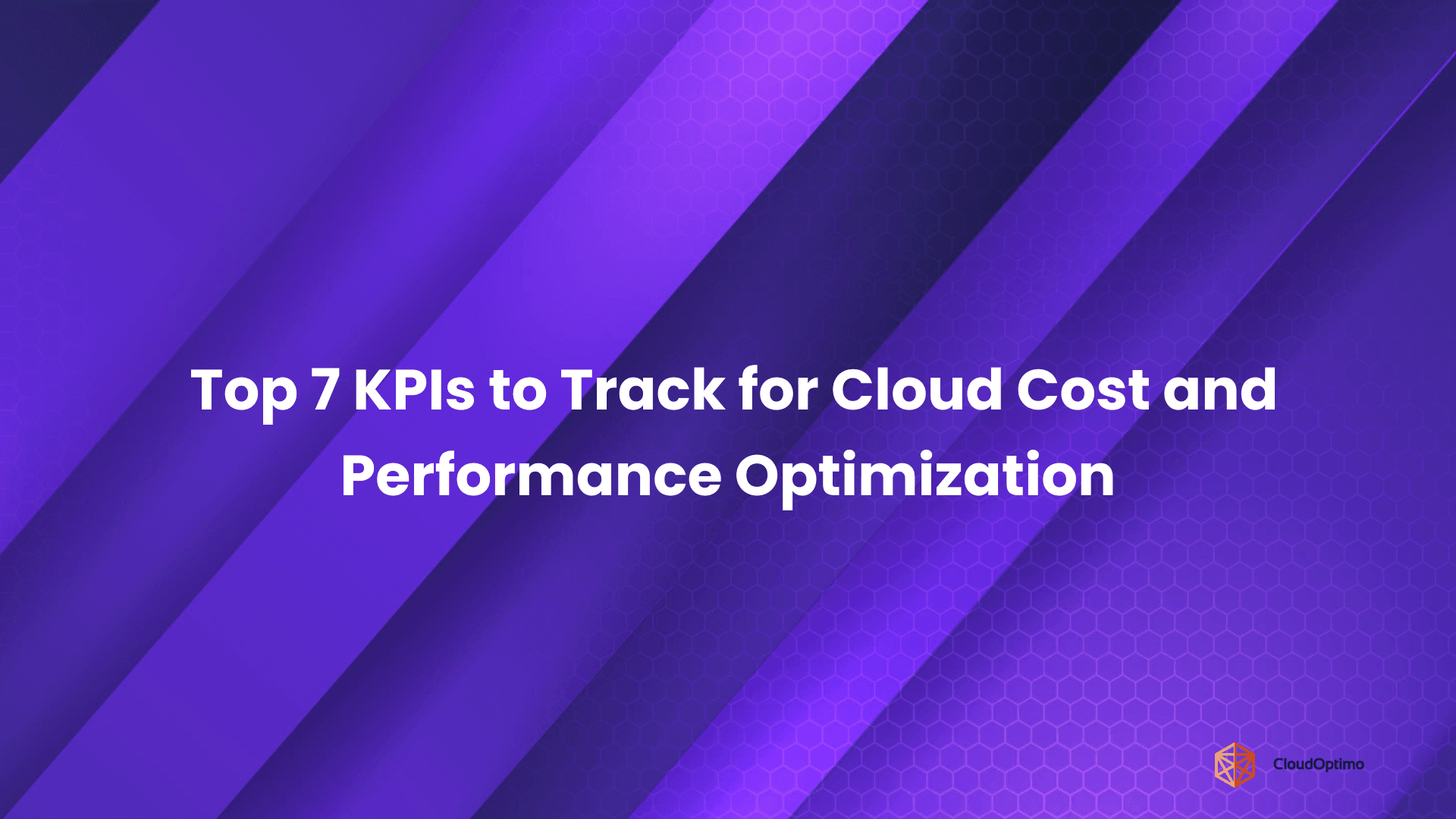The Messaging Powerhouse - Unveiling SNS and SQS
Messaging services play a crucial role in modern distributed architectures, providing a reliable and scalable communication backbone between components. Amazon Web Services (AWS) offers two prominent messaging services: Amazon Simple Queue Service (SQS) and Amazon Simple Notification Service (SNS).
While both SQS and SNS facilitate asynchronous communication between microservices, applications, and distributed systems, they cater to distinct use cases based on their capabilities. Understanding these differences, particularly regarding consumer types, is essential for selecting the right tool for your messaging needs.
Consumer Diversity:
Consumers, in the context of AWS messaging services, represent the applications or services that receive and process messages.In the realm of AWS messaging services like Amazon Simple Queue Service (SQS) and Amazon Simple Notification Service (SNS), understanding the different types of consumers is essential for optimizing message processing and ensuring efficient communication between components of distributed systems.
1. Direct Consumers
Direct consumers in SQS and SNS are entities that directly receive and process messages from these services. They are typically endpoints such as applications or services that subscribe to a queue or a topic to receive messages in real-time. Direct consumers play a crucial role in applications where immediate message processing is necessary without intermediate processing steps.
Key characteristics of direct consumers include:
Real-time Message Processing: Direct consumers react to messages as soon as they are available in the queue or topic, enabling quick response times in applications.
Scalability: They can be scaled horizontally to handle varying message loads, ensuring consistent performance during peak times.
Reliability: Direct consumers rely on the robustness of SQS and SNS to guarantee message delivery and ensure no message is lost during processing.
Use Cases: Ideal for scenarios where a single service needs to process each message. Examples include order processing, image resizing, or sending notifications based on a specific event.
Considerations: Ensure your direct consumer can handle the expected message volume. Implement proper error handling to prevent message loss or service disruptions.
2. Fan-out Consumers
Fan-out consumers distribute messages from a single source (such as an SQS queue or SNS topic) to multiple endpoints or systems. This pattern is particularly useful in scenarios where the same message needs to be processed by multiple downstream applications or services simultaneously.
Key aspects of fan-out consumers include:
Broadcasting Messages: They propagate messages to multiple subscribers efficiently, reducing the need for duplicate processing logic.
Decoupling Applications: By decoupling publishers (producers of messages) from subscribers (consumers), fan-out consumers promote modularity and flexibility in distributed systems architecture.
Scaling Flexibility: They allow scaling out subscriber systems independently based on the volume of messages they need to handle.
Use Cases: Fan-out consumers are useful for scenarios like sending notifications to multiple channels (email, SMS, mobile app) or triggering workflows in various microservices.
Considerations: Design your fan-out consumer to handle potential load spikes from high message volumes. Choose the appropriate delivery method for each destination (e.g., HTTP requests, database inserts).
3. FIFO Consumers
FIFO (First-In-First-Out) consumers ensure messages are processed in the order they are received by SQS or SNS. This strict sequencing is crucial in applications where message order preservation is paramount, such as in financial transactions or sequential workflows.
Important features of FIFO consumers include:
Message Order Guarantees: FIFO consumers maintain the exact order of message processing to prevent data inconsistencies and ensure workflow integrity.
Sequential Processing: They are ideal for applications that require sequential processing of events or transactions.
At-least-once Delivery: SQS FIFO queues and SNS FIFO topics guarantee that each message is delivered at least once and in the order it was sent.
Use Cases: FIFO consumers are essential for maintaining order consistency in processes like logging, data replication, or payment processing.
Considerations: FIFO queues come with some performance limitations compared to standard SQS queues. Evaluate your throughput needs carefully before choosing a FIFO queue.
A2A vs. A2P Communication (SNS):
- A2A (Application-to-Application): SNS can send messages between applications within your system. This allows applications to communicate and trigger actions based on events. For example, an e-commerce application could use SNS to notify a fulfillment system when a new order is placed.
- A2P (Application-to-Person): SNS can also send notifications directly to people. This is useful for sending alerts, marketing messages, or updates to users. For example, an application could use SNS to send an SMS notification to a user when their order is shipped.
Table for Consumer Types in SQS and SNS
| Feature | Direct Consumer | FIFO Consumer (SQS/SNS) | Fan-out Consumer |
| Communication Model | Point-to-Point (SQS) / Pub/Sub (SNS) | Point-to-Point | Point-to-Multiple |
| Consumers per Source | One | One | Many |
| Message Processing Order | Not guaranteed | Guaranteed (First-In-First-Out) | Not guaranteed |
| Delivery Model | Pull (SQS) / Push (SNS) | Pull (SQS) / Push (SNS) | Pull (SQS) / Can be Push (Custom Implementation) |
| Guaranteed Delivery | At-least-once (SQS) / Not guaranteed (SNS) | At-least-once (SQS/SNS) | Not guaranteed (Depends on downstream delivery) |
| Ideal for | Reliable processing of individual messages | Strict order-dependent processing | Distributing messages to multiple destinations |
| Examples | Order processing, image resizing | Logging, financial transactions, sequential workflows | Sending notifications (email, SMS), triggering workflows in microservices |
| Considerations | - May not preserve message order (SQS, except FIFO) - Error handling crucial | - Performance limitations compared to standard queues (SQS) | - Design for high message volume |
Additional Notes:
- Delivery Model: While Fan-out consumers typically pull messages from SQS, they can be implemented to push messages to downstream destinations using custom logic (e.g., HTTP requests).
- Guaranteed Delivery: Delivery guarantees for Fan-out consumers depend on the delivery method to each destination. SNS delivery is not guaranteed (at most once), while individual downstream services might offer at least once delivery mechanism.
Persistence vs. Ephemerality: Understanding Message Lifespan
A key differentiator between SNS and SQS lies in their approach to message persistence:
- SQS: Messages with Staying Power (Retention Periods Explained): SQS boasts a configurable retention period (between 1 minute and 14 days) that ensures messages are stored even if a consumer is unavailable. This reliability empowers developers to design fault-tolerant systems where messages are not lost in transit.
- The Fleeting Nature of SNS Messages: Delivery Guarantees: Unlike SQS, SNS operates on an ephemeral basis. Messages are not guaranteed to be delivered if the consumer is unavailable at the time of transmission. This is because SNS is an asynchronous messaging service, focusing on speedy message distribution rather than persistence. For reliable delivery, ensure consumer availability when using SNS.
Reliability Redefined: Retries and Error Handling
When messages encounter delivery issues, robust retry mechanisms become essential. Here's how SNS and SQS handle retries:
- SQS Redrive Policy: Ensuring Delivery with Persistent Retries: SQS empowers you to configure a Redrive Policy. This policy defines the number of times a message should be retried upon delivery failure before being sent to a Dead Letter Queue (DLQ). The DLQ acts as a repository for undelivered messages, allowing for manual intervention or further processing.
- Limitations of SNS Retries: Understanding Asynchronous Delivery: Due to its asynchronous nature, SNS offers limited retry functionality. If the initial delivery attempt fails, the message is simply discarded. This highlights the importance of ensuring consumer availability for reliable SNS message processing.
Batching for Efficiency: Optimizing Message Delivery
Both SNS and SQS offer functionalities to optimize message delivery efficiency through batching:
- SQS Batching: Processing Multiple Messages at Once: Enhance processing efficiency by configuring SQS to send multiple messages as a single batch. This reduces the overhead associated with individual message deliveries, particularly for high-volume scenarios.
- SNS Batching: Sending Messages to Multiple Subscribers Simultaneously: SNS allows sending messages to a large number of subscribers in a single request. This approach optimizes delivery throughput, making it ideal for broadcasting updates or notifications.
Choosing the Right Tool for the Job: SNS vs. SQS
Selecting between SQS and SNS depends on the specific requirements of your application:
Use SQS When:
Messages need to be stored temporarily and processed asynchronously. SQS excels at decoupling workloads and managing backlogs efficiently, making it ideal for scenarios like:
- Processing large volumes of data in batches.
- Implementing retry logic for failed messages using the Redrive Policy.
- Building fault-tolerant systems where message ordering is crucial.
Use SNS When:
Real-time event notifications and broadcasting messages to multiple subscribers are critical. SNS delivers messages with near real-time latency, making it perfect for:
- Sending alerts, notifications, and updates to users or applications.
- Triggering serverless functions with AWS Lambda upon message arrival.
- Building event-driven architectures where immediate notification is essential.
Conclusion
Understanding the types of consumers in AWS SNS and SQS empowers architects and developers to build scalable and resilient applications. By leveraging the appropriate messaging service based on consumer behavior and application requirements, organizations can achieve efficient communication, streamline their architecture, and ensure reliable message delivery across their distributed systems.
Dive deeper into understanding the distinctions between SQS, SNS, and EventBridge, all event-driven communication channels. Also, learn about their use cases. Read: AWS SQS vs SNS vs Eventbridge- Part 2.





